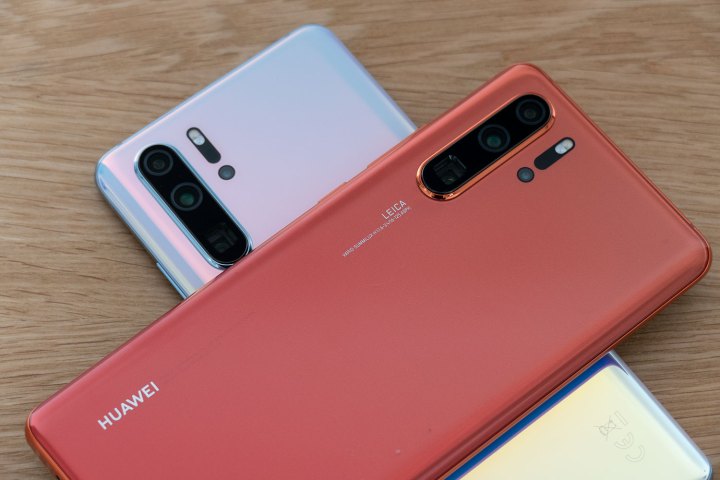
The ban on U.S. companies selling products and services to Huawei has been partially lifted, but the situation remains just as confused as it was before. For example, Huawei will stay on the U.S.’s Entity List, but President Donald Trump has stated that “U.S. companies can sell their equipment to Huawei.” His words came during the G20 summit that took place in Japan over the weekend, and followed talks with China’s President Xi Jinping.
However, there is a caveat. U.S. companies can only supply Huawei, “provided there are no national security issues or problems,” according to Larry Kudlow, the director of the National Economic Council, who spoke about the announcement over the weekend. It seems more licenses will be granted to U.S. companies in the near future, and Kudlow suggested the products being sold to Huawei will be those that are widely available elsewhere.
Several U.S. companies had already found ways around the ban, and continued to sell products to Huawei anyway. The temporary reprieve until August has also enabled Huawei to work with Google and deliver software updates to key devices, including the P30 Pro and the newly released Honor 20 and Honor 20 Pro. What’s not clear is exactly which companies will be given new licenses to continue working with Huawei, when the licenses will come, and whether — perhaps most crucially — Google, Intel, Qualcomm, and other major brands will be included.
Any change is good news for Huawei, which has been working on its own plans to mitigate damage from the ban. It has its own alternative software operating system in development for its products, but the release is not expected until next year. Work will likely continue, but provided Google can sell to Huawei again, its release may not be as high a priority as it was before this latest announcement. It can be assumed that Huawei will not be invited to sell its 5G infrastructure hardware in the U.S., as this would represent a security risk according to U.S. lawmakers.
The agreement that U.S. companies can sell some products to Huawei again is part of Trump’s continued conversations with Xi over the ongoing U.S. trade war. Tariffs totaling $300 billion will not be imposed, and negotiations will continue, according to a report on the meeting by the BBC.



